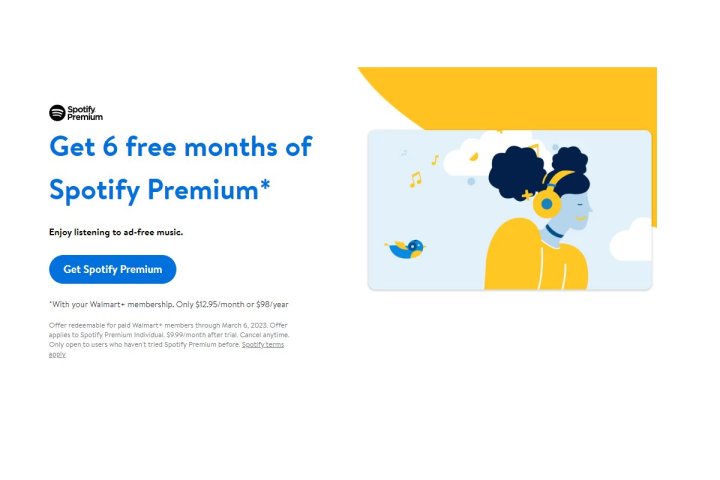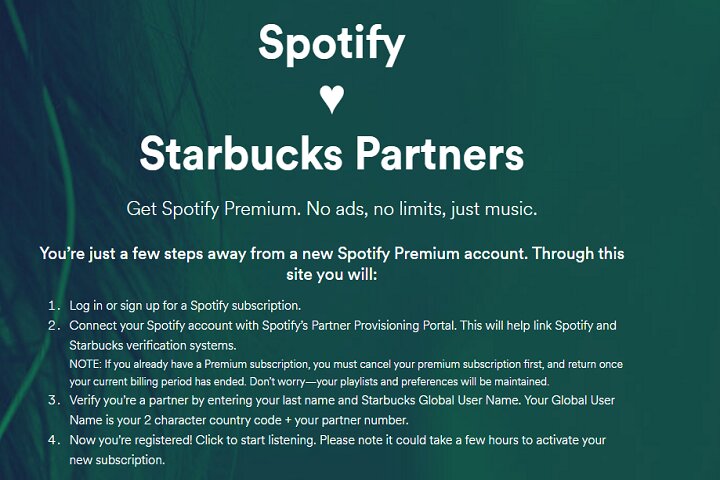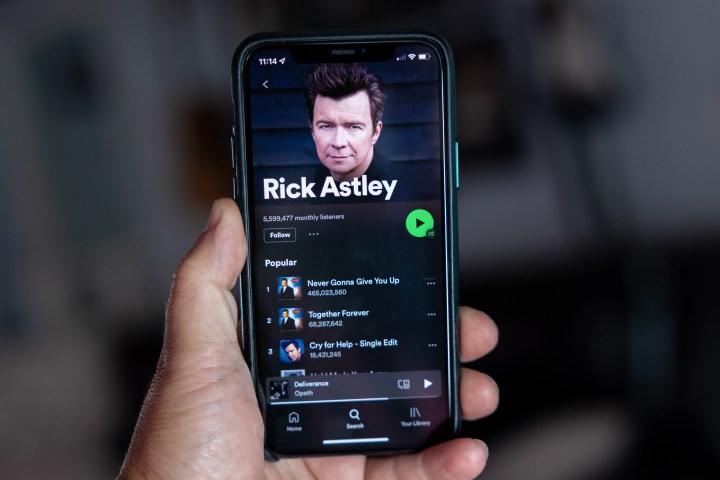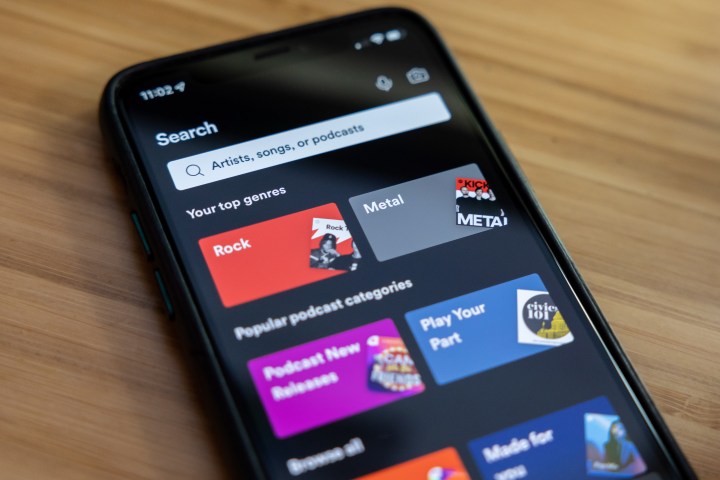Spotify is a great platform for discovering new music, making playlists for your friends, and listening to your favorite songs and albums. But if you aren’t paying for it, the user experience is exceedingly limited. The only way to enjoy unlimited skips, free downloads, offline listening, and a host of other great features is by upgrading your Spotify account.
Fortunately, you don’t have to burn a hole in your pocket to enjoy good music. There are ways to avoid paying for Spotify at full price. So, before you grab your credit card and sign up, we discuss how much Spotify Premium costs and explore how you can get it at a discount.
See more
Spotify plans explained
Spotify Free
With Spotify Free, you can listen to anything you want in the mobile, web, or desktop Spotify app, as well as on smart TVs and compatible game consoles, as long as you’re willing to put up with ads. Core search and play features are available, including the ability to listen to specific tracks on demand, replay recent albums, subscribe to podcasts, and more. While the free service is more than enough for casual listeners, more regular listeners may get annoyed with the constant ads, limited shuffles, and slightly lower sound quality.
Spotify Premium: Individual — $10 per month
Those willing to part with a little cash can access a host of top-tier features, including more than 82 million ad-free tracks, plus the ability to download your music directly to a device and get higher streaming quality. As a Premium user, you can save tracks and podcasts for offline listening, which is ideal for travelers and people using Spotify during their commute. You also get a month for free when you subscribe for the first time.
Spotify Premium: Duo — $13 per month
With Spotify Duo, you can share your Spotify subscription with a friend, family member, or partner “under one roof.” Both users get their own Spotify dashboards, along with features such as collaborative playlists that you and a bunch of friends can add to and edit, plus Blend, a playlist that’s a combination of collaborative playlists and Spotify’s personalization that automatically “blends” together each user’s (up to 10) musical tastes in a shareable playlist. Cost-wise, it’s basically two accounts for $6.50 per month each, with cute sharing features for couples and best friends.
Spotify Premium: Student — $5 per month
If you’re a student (you need a valid student email address), you can get a Spotify Premium subscription called Student for a discount price. It also comes with an ad-based Hulu subscription and Showtime. Just make sure you re-register as a student after a year, or Spotify will strip you of the Hulu membership and start charging you the full Premium membership price.
Spotify Premium: Family — $16 per month
Those with loved ones who also want to stream music may be more interested in the Spotify Family plan, which lets you have up to six people on one account. It also comes with a host of parental control options and Spotify Kids, a separate app aimed at children. Spotify Kids has child-friendly songs, so you don’t have to worry about any of your kids accidentally streaming explicit music. You can also make playlists for the kids so they only listen to what you allow. You get the full features of the service, including the aforementioned Blend and collaborative playlists. Again, volume is everything. Six accounts separately would cost $60 per month.
Spotify deals
Spotify occasionally offers broad deals to market its Premium services, which tend to offer a certain number of months of Premium for free. One ongoing deal with Xbox allows players to get four months free of Spotify Premium when they subscribe to Game Pass Ultimate — but only if they don’t already have a Spotify account. You can also get three months of Spotify Premium for free if you pay by PayPal. If you just bought a new Samsung Galaxy device, you may also be eligible for a free three-month trial of Spotify Premium, but this offer is only available in the U.S.
New deals keep popping up throughout the year, so we recommend keeping your eye out for such discounts. Even if you don’t find anything, know that you can get one month of Spotify Premium for free just by signing up for any Premium plan.
Spotify Partner Premium Plans
Spotify also partners with some large companies to offer specific deals that can help you find discounts for the service. These deals can vary over time, but popular options include:
Walmart

If you’re an avid enough shopper at Walmart and already have or are contemplating buying a Walmart+ membership for $13 per month or $98 per year, you can take advantage of six months of free Spotify Premium. The only caveat is that you can’t have already had a Spotify Premium account before.
Starbucks Employees

Starbucks is among the employers that offer their employees, or “partners,” a Spotify Premium account for free.
PayPal

As with the Walmart offer, if you haven’t already had a Premium account, you can sign up for a PayPal account and cash in on three months of free Spotify Premium.
Important note
Spotify pricing can vary from country to country, and sometimes prices aren’t equivalent in local currency. For example, right now, plans in the U.S. start at $10 a month, but Australian users get similar features for 12 Australian dollars ($7), users in the U.K. pay £10 a month ($11), and Indian users pay just 119 INR (a little over $1) a month. Always take a look at your local prices, and consider checking out a reliable VPN.

How Spotify compares to the competition
If you’re torn between Spotify and a rival, chances are it is either Apple Music or YouTube Music. All three cost the same for their individual premium, ad-free tiers at $10 per month, are roughly the same for their other tiers, and tout a similar set of features, but Spotify comes out on top — in our opinion, at least. Why? Because it has the best interface, an endless catalog of on-demand content, fantastic curated playlists, and a free tier (namely, Spotify Free) that’s better than YouTube Music’s free plan, for those who don’t want — or aren’t in the position — to enter into a commitment.
Editors’ Recommendations
Credit: Source link


Comments are closed.